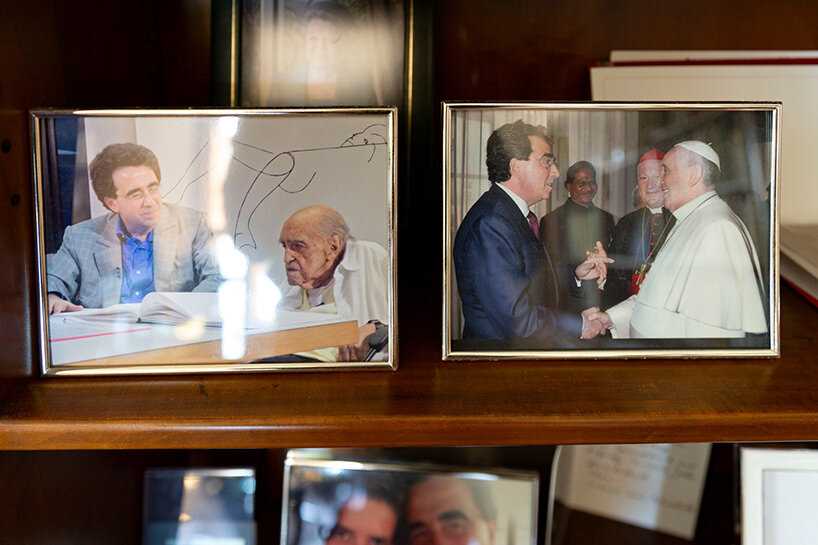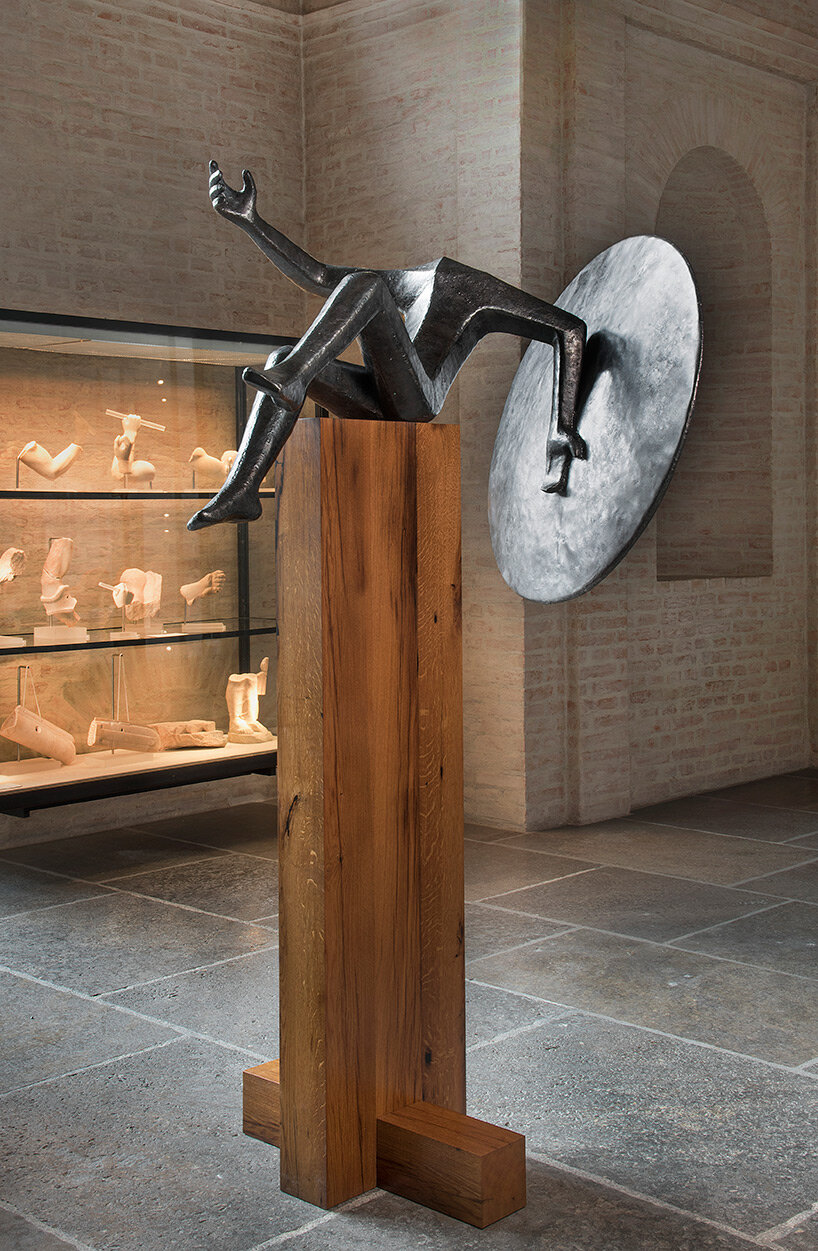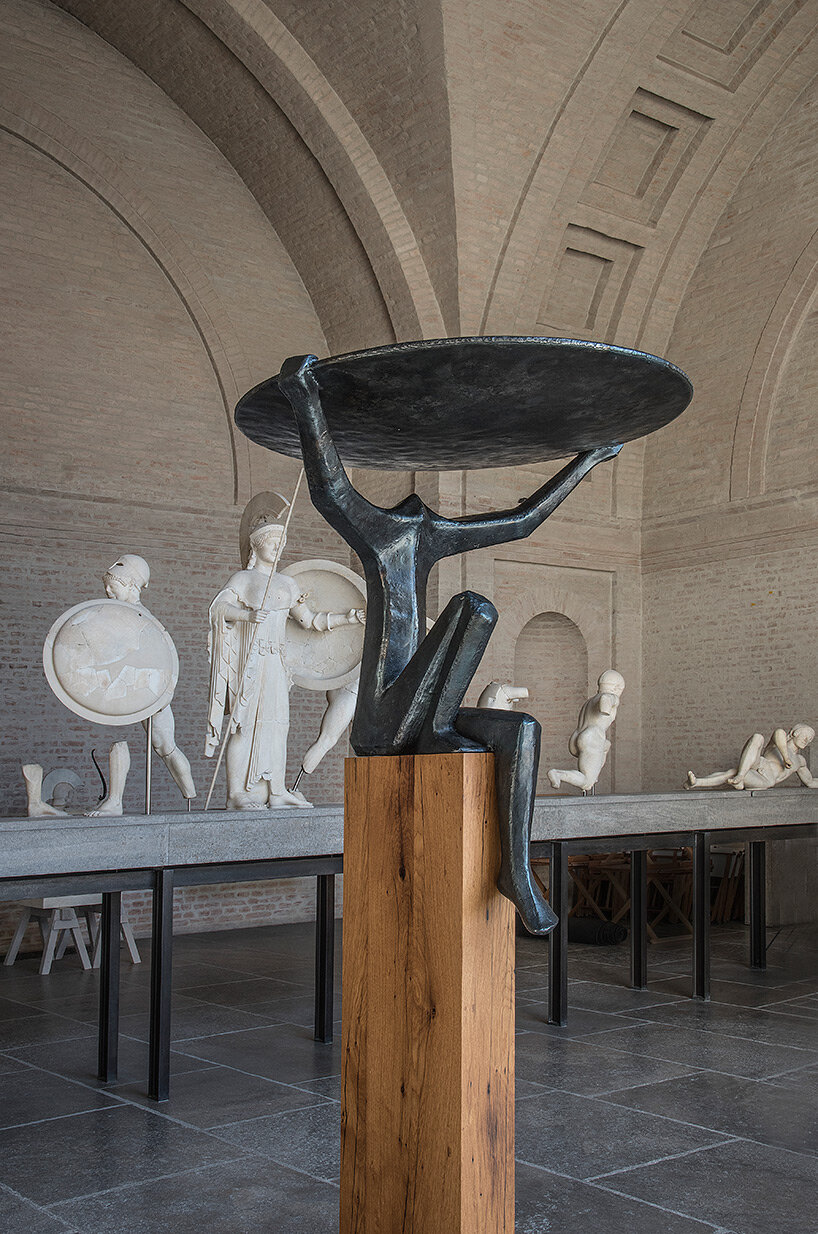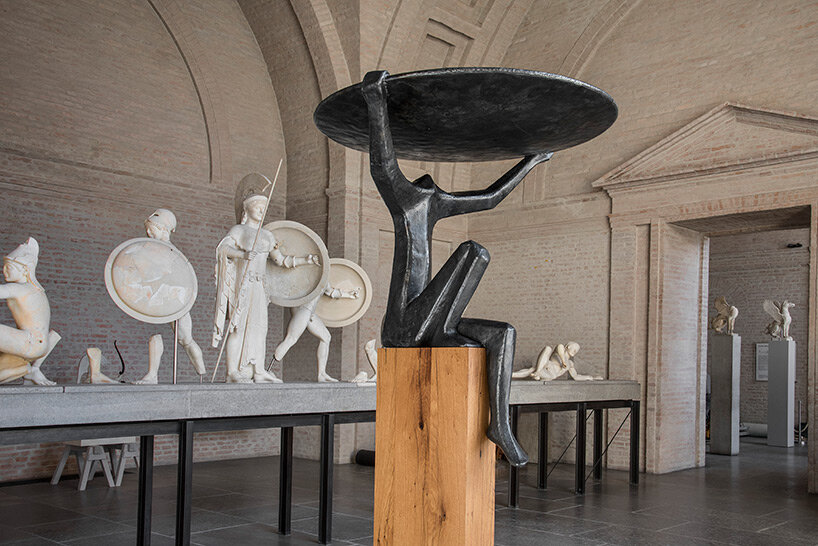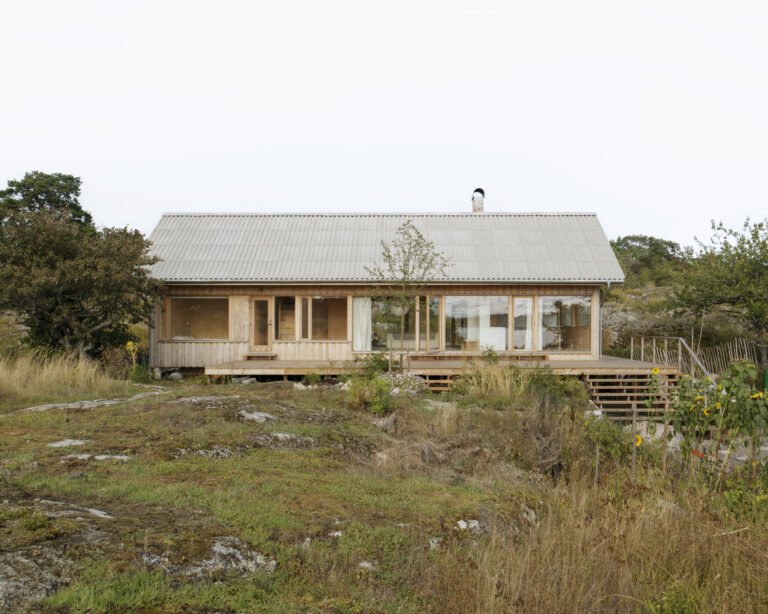calatrava’s sculptural works emerge through ancient greek statues at glyptothek museum
glyptothek presents Santiago Calatrava’s sculptural works
Santiago Calatrava is one of the most successful and sought-after architects across the globe. Widely known for his ability to combine advanced engineering solutions with dramatic visual statements, the Spanish architect has designed a variety of sculptural buildings and bridges that expand far beyond physical boundaries, genuinely touching those who encounter them.
Since his first major project (Zurich’s Stadelhofen station in 1990), Calatrava has designed a vast range of structures including the Milwaukee Art Museum, the Turning Torso tower in Sweden, the World Trade Center Transportation Hub in New York City, the City of Arts and Sciences and Opera House in Valencia, the O’Hare Airport in Chicago, the UAE pavilion for the 2020 Dubai Expo, and many more.
In addition to his extensive collection of prestigious architectural commissions, the architect has created several impressive sculptural works throughout his career, including the ‘Constellation’ in Chicago and ‘The New York Times Capsule’. Calatrava’s most recent work is an art exhibition which might just be his longest project in the making. At the Glyptothek Museum in Munich, ‘Beyond Hellas: Santiago Calatrava in the Glyptothek’ presents 50 sculptures and paintings influenced by the dynamics of Ancient Greece which has served as a constant source in Calatrava’s architectural style, alongside the concepts of the human body and nature. The exhibit opened to the public in June and will be on display until October 23, 2022.
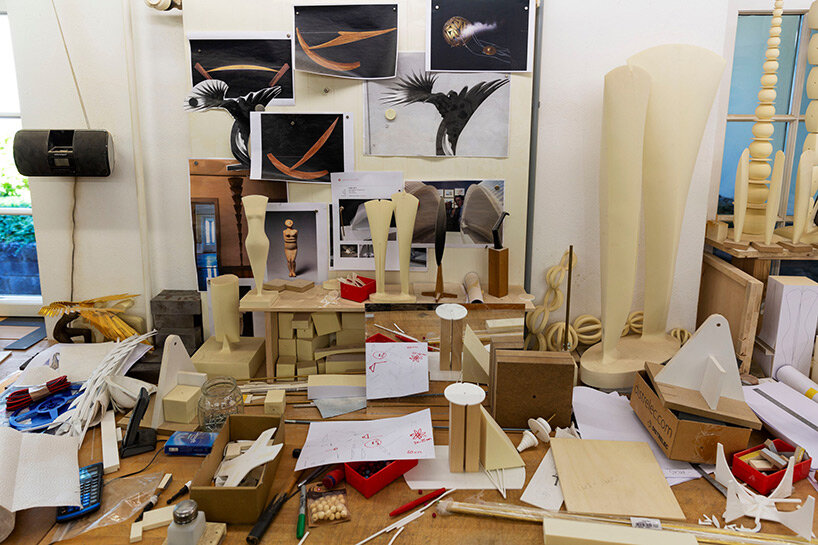
Santiago Calatrava’s atelier in Zurich, courtesy of Architectural Digest | photo by Nick Mafi
Walking through Santiago Calatrava’s atelier
Calatrava spends most of his time in his studio on a quiet, street close to central Zurich. In an interview with Architectural Digest (read more here), the Spanish architect discusses how he begins each day with creative rigor. ‘On the third floor of my house, I have an atelier that I use to paint from nine to noon.’ Calatrava’s passion for art and sculpture is evident in his daily routine.
Walking through Santiago Calatrava’s atelier is like wandering through his mind. There are paintings of a charging bull, a skeletal hand, bodies suspended in mid-dance, and a dove in mid-flight. ‘I find much beauty and inspiration in the natural world,’ he explains. Anyone who has seen one of his completed structures can see this inspiration. In this way, Calatrava is more of an alchemist than an architect, possessing a unique ability to transform steel, glass, and concrete into something soft and delicate, even ephemeral. All of his works, from architectural projects to paintings and sculptural collections, attest to this talent.
His designs combine the qualities of both art and architecture, unlocking the perfect balance between openness and enclosure, between serenity and security. ‘No painting, no sculpture, no musical ballad allows you to physically step inside the work of art, except for architecture,’ Calatrava says. ‘This, for me, makes it exceptional.’
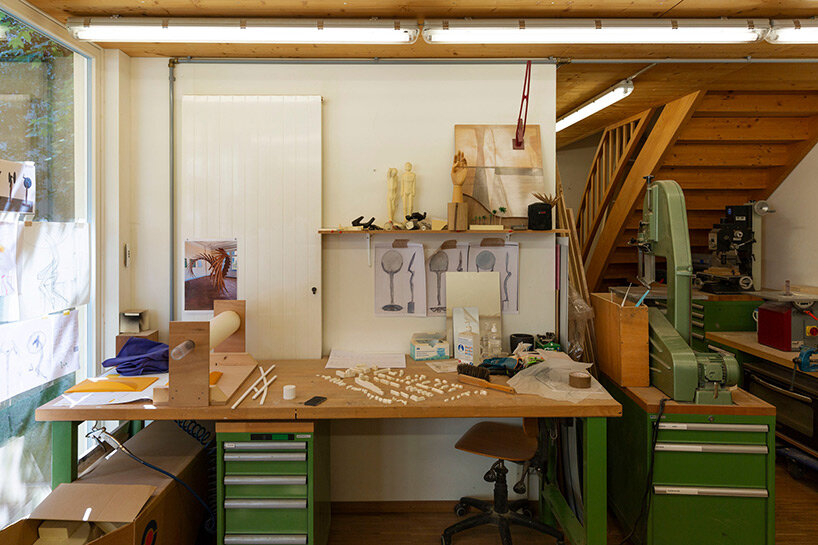
the atelier where Calatrava paints every day from nine to noon, courtesy of Architectural Digest | photo by Nick Mafi
Beyond Hellas
Santiago Calatrava’s most recent work might just be his longest in the making. At the Glyptothek Museum in Munich, “Beyond Hellas: Santiago Calatrava in the Glyptothek” features 50 sculptures and paintings inspired by the dynamics of Ancient Greece that have been in production by Calatrava for the past two decades. This series highlights Calatrava’s study of the human body and nature which has been a continuous inspiration to his architectural style. The exhibit opened to the public this past June and will remain open until October 23
The Glyptothek exhibition truly builds on the love Calatrava has always had for sculpting. He has created several impressive works throughout his career such as the “Constellation” in Chicago, the series of sculptures that were displayed on Park Avenue, and “The New York Times Capsule” which contains objects documenting life on Earth during the 20th Century and is sealed until the year 3000.
Additionally, the Calatrava-designed St. Nicholas Greek Orthodox Church and National Shrine is slated to open this upcoming fall. Calatrava drew inspiration from a mosaic of the Hagia Sophia which became fundamental in defining the shape of the new Church, the only religious structure to be destroyed on 9/11. The opening of the Church is the culmination of the larger World Trade Center development project that also includes the renowned Oculus.
With only a few months left on this ‘Beyond Hellas’ exhibition, the compiled works are a true representation of who Calatrava is as an artist, architect, sculptor and engineer. By taking raw materials and elements, he was able to create artwork that is deeply connected to nature, movement and world history.
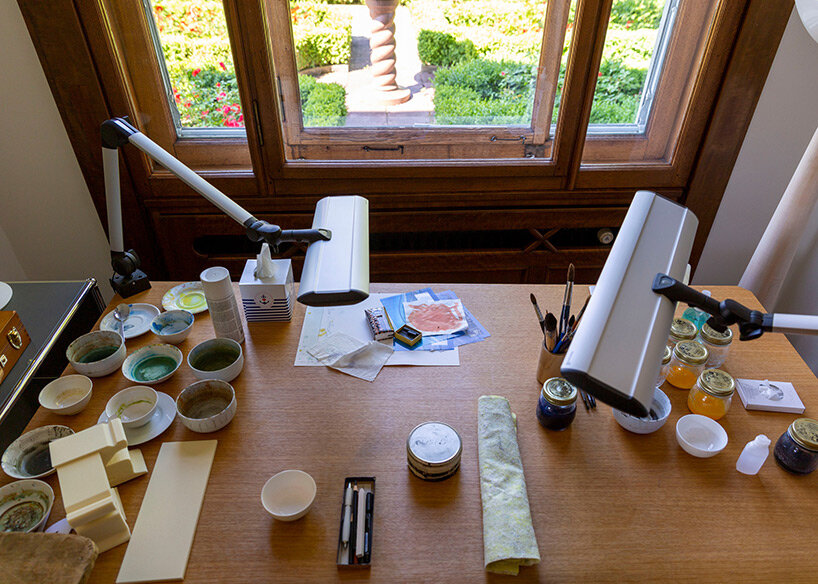
the architect’s painting desk at his Zurich office, courtesy of Architectural Digest | photo by Nick Mafi
